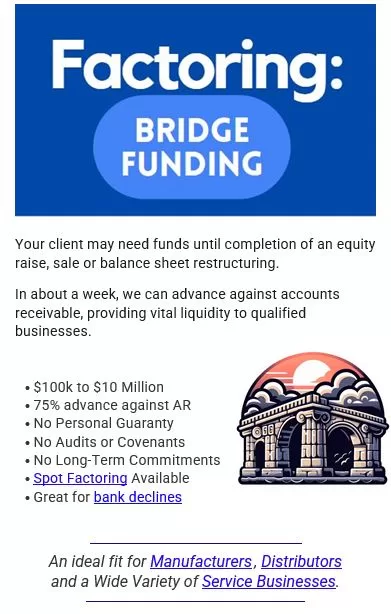In today’s rapidly evolving digital landscape, small businesses face both unprecedented opportunities and challenges. As technology continues to advance, one tool stands out as a game-changer: artificial intelligence (AI). While AI might seem like a tool only accessible to large corporations with hefty budgets, small businesses can also harness its power to drive growth, enhance efficiency, and stay competitive in their respective industries. Here are some ways small businesses can use AI to their advantage:

- Automating Repetitive Tasks: Small business owners often find themselves wearing multiple hats and juggling numerous tasks simultaneously. AI-powered automation tools can streamline operations by handling repetitive tasks such as data entry, email responses, appointment scheduling, and inventory management. By automating these routine activities, business owners can free up time to focus on strategic decision-making and business development.
- Personalizing Customer Experiences: Understanding customer preferences and delivering personalized experiences is crucial for small businesses looking to build strong relationships and foster customer loyalty. AI algorithms can analyze vast amounts of customer data, including purchase history, browsing behavior, and social media interactions, to create personalized recommendations, tailor marketing messages, and anticipate customer needs. By providing personalized experiences, small businesses can enhance customer satisfaction and increase retention rates. Small Businesses can use AI.
- Improving Decision-Making with Data Analytics: Data-driven decision-making is essential for small businesses aiming to identify trends, optimize processes, and capitalize on opportunities. AI-powered analytics tools can sift through large datasets, extract valuable insights, and generate actionable recommendations in real-time. Whether it’s predicting market trends, optimizing pricing strategies, or identifying cost-saving opportunities, AI-driven analytics empower small business owners to make informed decisions that drive business growth.
- Enhancing Customer Service with Chatbots: Providing excellent customer service is paramount for small businesses striving to differentiate themselves in a crowded marketplace. AI-powered chatbots offer a cost-effective solution for delivering round-the-clock support, answering frequently asked questions, and resolving customer inquiries promptly. By implementing chatbots on their websites or social media platforms, small businesses can improve responsiveness, enhance customer satisfaction, and reduce the burden on customer support teams.
- Streamlining Marketing Efforts: Effective marketing is essential for small businesses to attract new customers and increase brand awareness. AI-powered marketing platforms utilize machine learning algorithms to optimize advertising campaigns, target the right audience segments, and deliver personalized content across various channels. Whether it’s through predictive analytics, dynamic pricing models, or sentiment analysis, AI enables small businesses to refine their marketing strategies, maximize ROI, and achieve better results with limited resources. Small Businesses can use AI.
- Predicting Business Trends and Opportunities: Anticipating market trends and staying ahead of the competition is critical for small businesses to adapt and thrive in a dynamic business environment. AI-driven predictive modeling techniques can analyze historical data, market trends, and external factors to forecast future demand, identify emerging opportunities, and mitigate potential risks. By leveraging predictive analytics, small business owners can make proactive decisions, capitalize on emerging trends, and maintain a competitive edge in their industry.
In conclusion, AI presents small businesses with unprecedented opportunities to innovate, streamline operations, and deliver exceptional experiences to customers. By embracing AI technologies and integrating them into their business strategies, small businesses can level the playing field, drive growth, and achieve sustainable success in today’s digital economy. While adopting AI may require initial investment and learning curve, the long-term benefits far outweigh the challenges, making it a worthwhile investment for small businesses looking to thrive in the 21st century.






